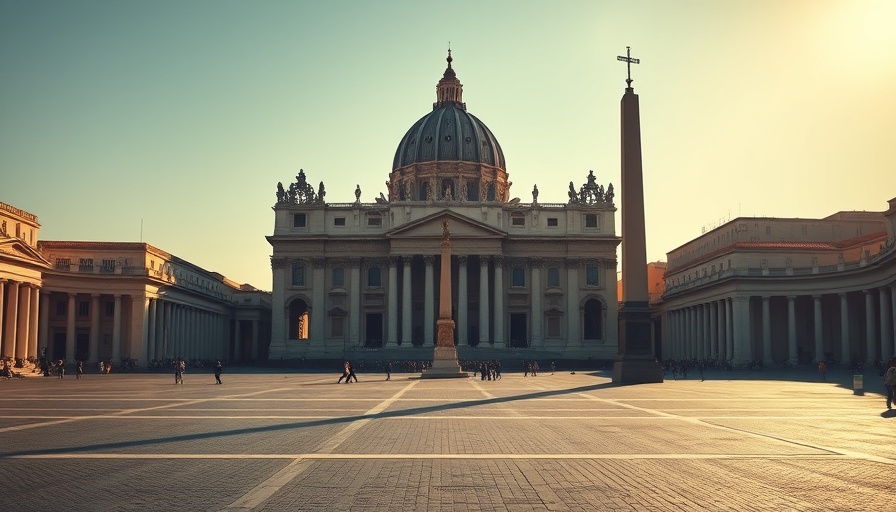
Papal Conclave: The Road to Choosing the Next Leader
The Vatican is abuzz as 133 cardinals reconvene for the second day of voting in the papal conclave. Under the stunning frescoes of the Sistine Chapel, they seek to elect the Catholic Church's 267th leader, following the passing of Pope Francis on April 21. The weight of this decision rests heavily on their shoulders, as they are tasked with guiding over 1 billion Catholics around the world.
Crowds Await the Outcome
With an estimated 45,000 supporters gathered in St. Peter's Square during the first vote, the anticipation is palpable. They await the telltale signs of black smoke indicating a failed vote, or the much-anticipated white smoke that will proclaim the election of a new pope and ring the bells of St. Peter's Basilica.
The Significance of the Papal Process
The conclave is not only a routine procedure; it is a monumental moment that embodies the democratic spirit within the Catholic Church. This election comes amid challenging times for the institution, requiring consensus among cardinals who represent diverse theological and ideological perspectives.
Majoring in Votes: What Does It Take?
To secure the papacy, a candidate must achieve a two-thirds majority, which means at least 89 votes are necessary among the voting cardinals. The rigorous process of elimination and consensus-building reflects the immense responsibility these leaders carry, emphasizing the importance of pastoral authority in the modern world.
Future Implications and Reflection
As a significant shift in leadership looms, it raises questions about the future direction of the Church: Will the new pope prioritize social justice, reform within the Church, or focus on doctrinal conservatism? These decisions will undoubtedly shape the Church’s relevance and effectiveness in addressing contemporary issues.
 Add Row
Add Row  Add Element
Add Element 



Write A Comment